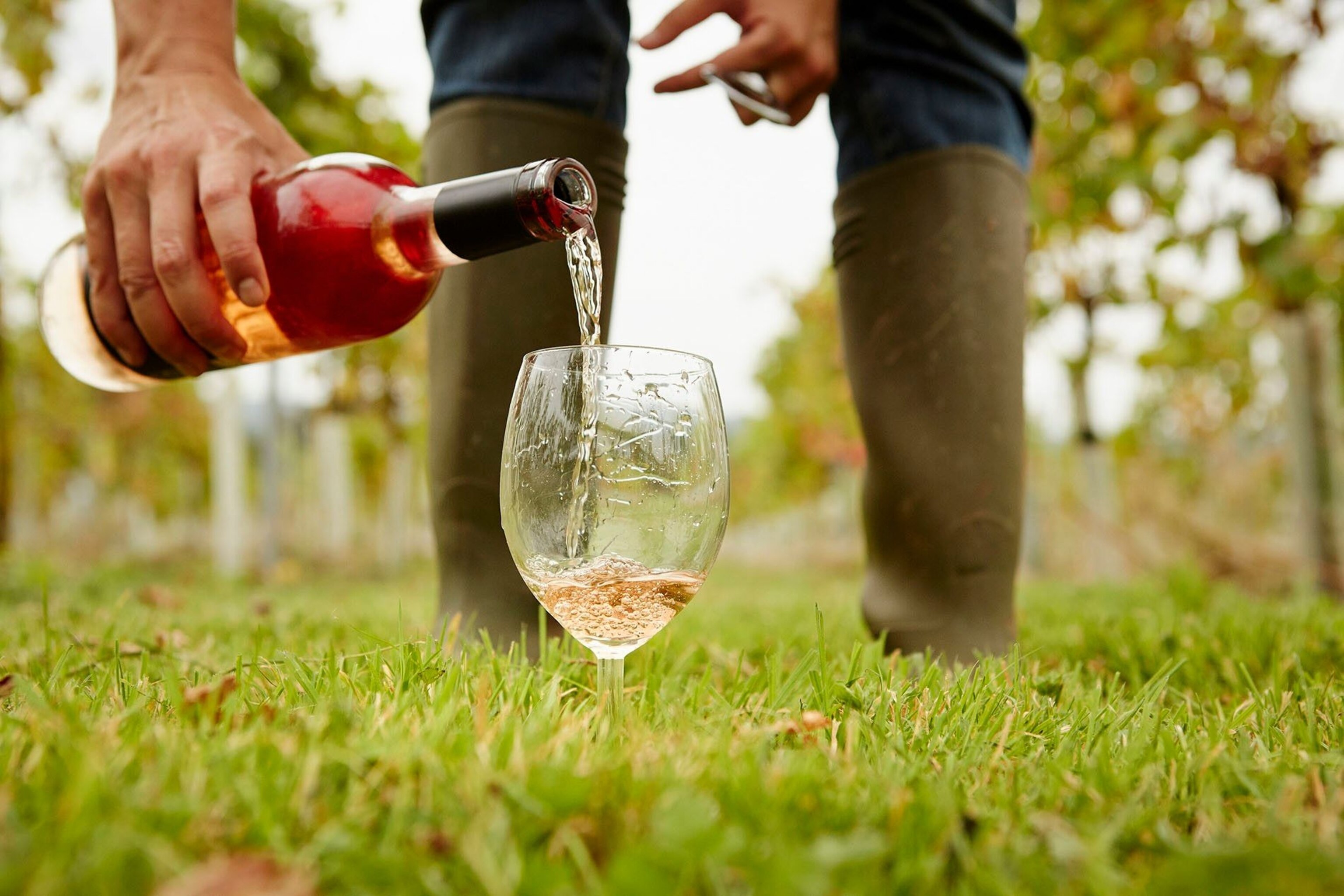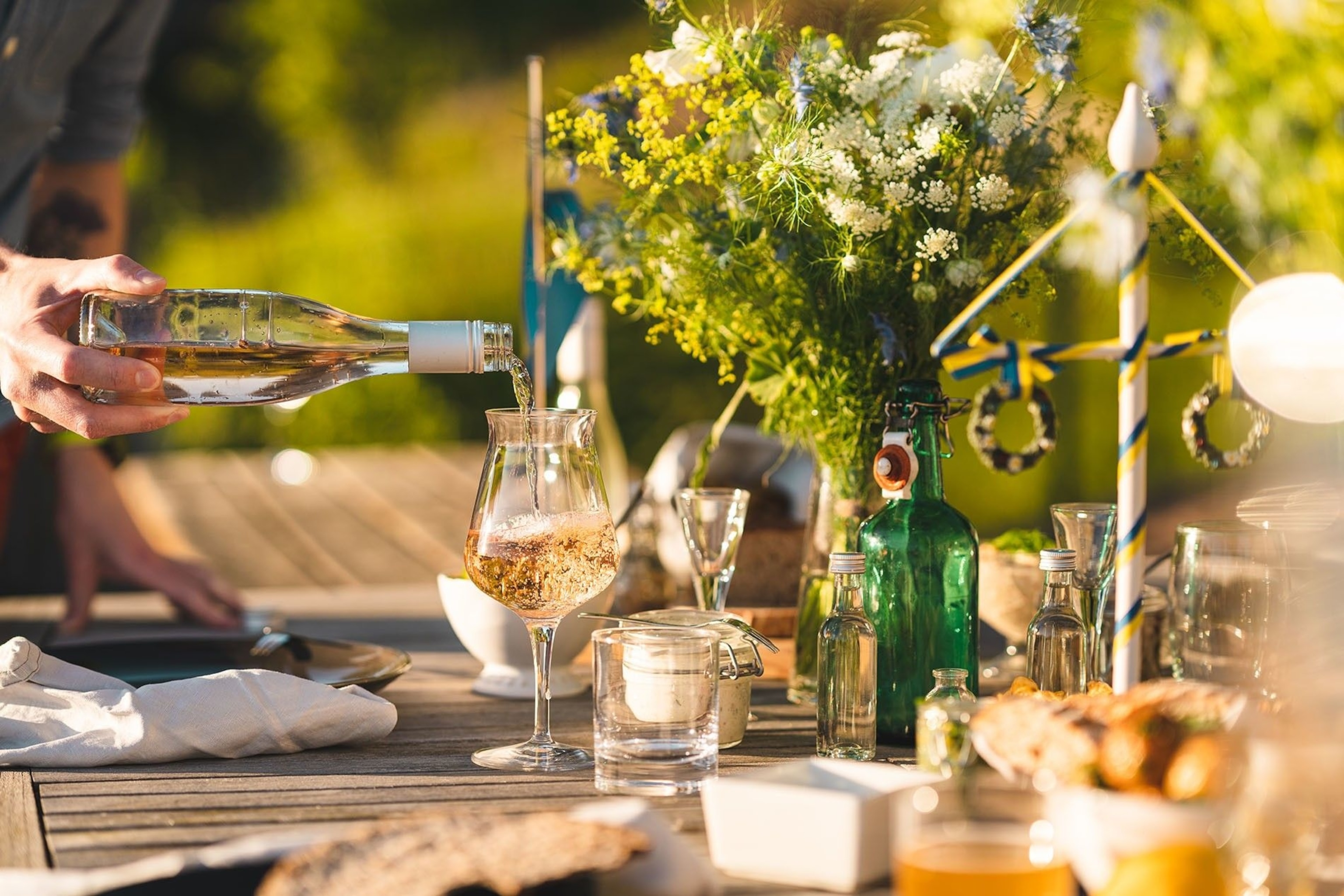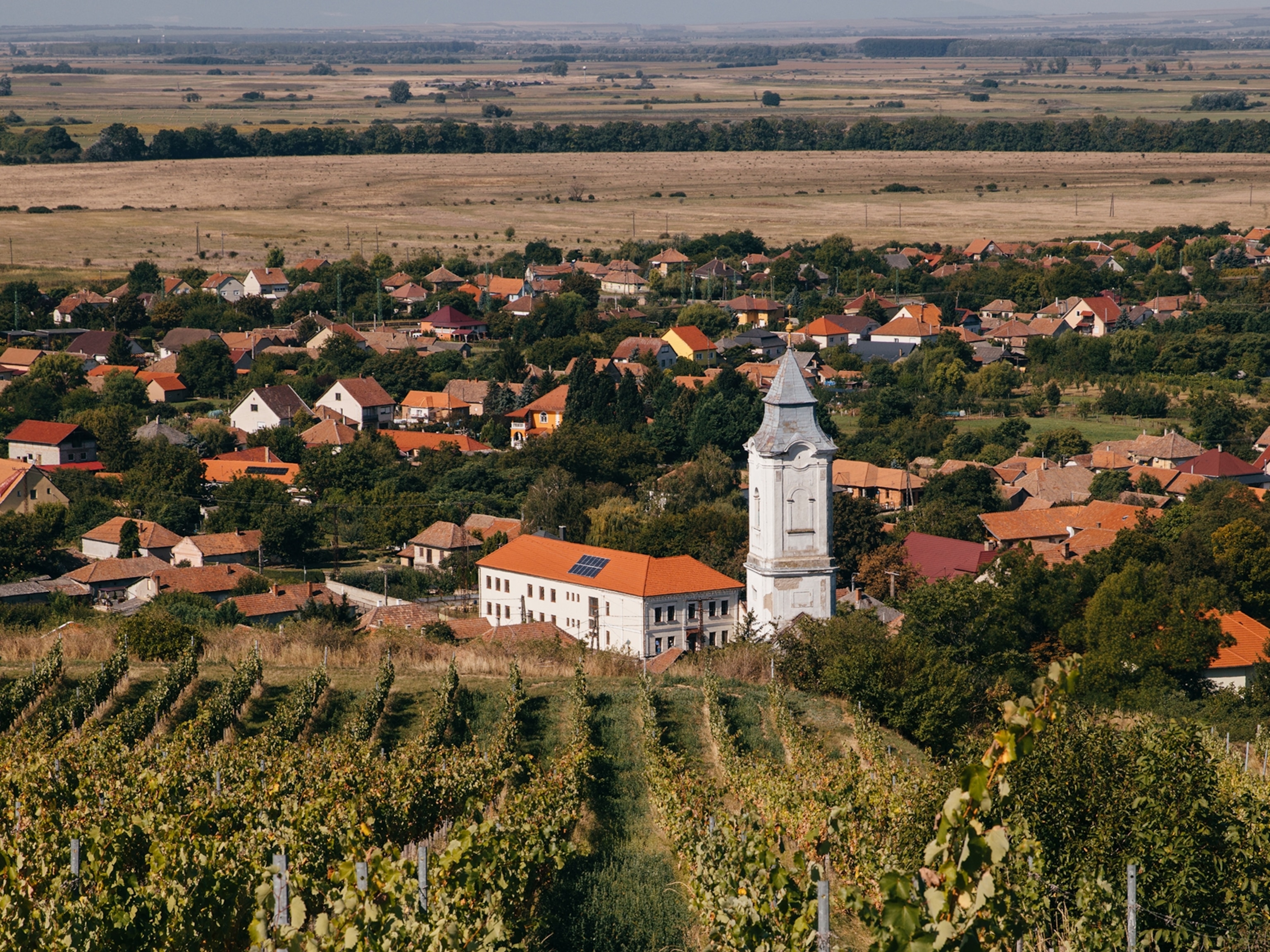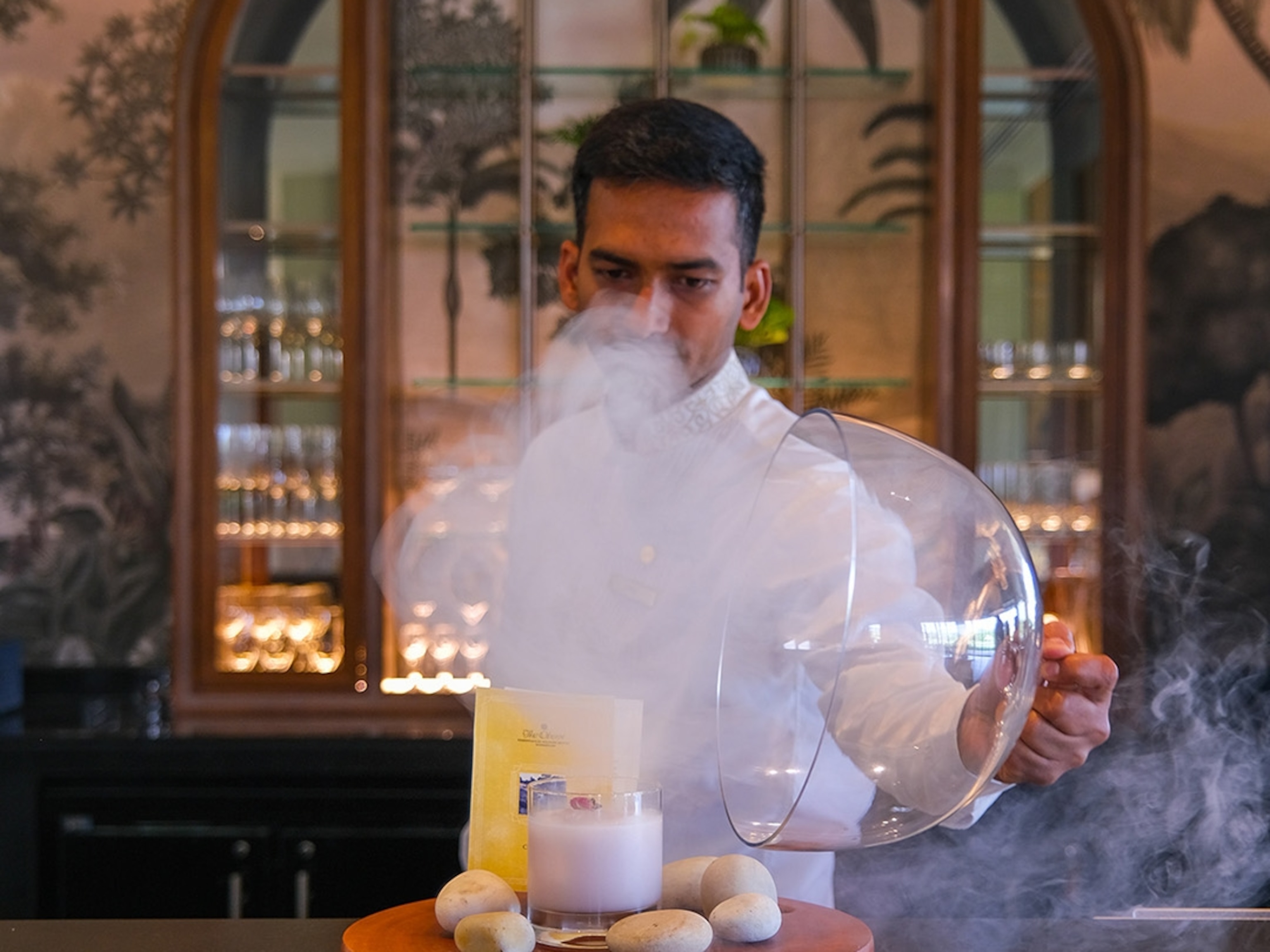
The revival of rosé wine: a guide to picking the best bottle this summer
Once regarded as uncool, rosé has undergone an image overhaul in both the Old and New Worlds. From the vineyards of Provence to the wine lands of New Zealand, here's how to pick the best bottle for your palate.
There was a time when it wasn’t cool to admit you liked rosé. It was regarded by some as not very cool — the preserve of hen parties and those with little taste in wine. These days, although it only accounts for around 10% of the wine we drink here in the UK, its popularity is on the rise. To take just one example of rosé’s spectacular reversal in fortunes, retailer Virgin Wines reports an 82% increase in sales since 2015.
So, what changed? Well, it became drier, paler and generally trendier — it started being sold in magnums and unusual square bottles. It became fancier and more expensive. And you can’t underestimate star power, either: in 2011, Brad Pitt and Angelina Jolie bought Château Miraval, the Southern French vineyard where they were married and which produces award-winning rosés. Increasingly, it was becoming a more acceptable wine to drink.
The heartland of rosé is the South of France, especially Provence, whose delicate, baby-pink wines have become the benchmark for rosés the world over. You can find rosés across the Rhône in neighbouring Languedoc, as well as over the border in Spain. Areas that produce red wine tend to make rosé as a matter of course — and in the South of France, it’s traditionally more popular than white wine. There are even a couple of appellations (officially recognised wine-producing areas) dedicated to rosé: Tavel and Corent.
It’s become a significant part of the New World winemaking scene, too. New Zealand, for example, produces a number of pinot noir rosés, which are notable for being a shade or two darker than the Provençal style. In South Africa, meanwhile, they tend to use the local pinotage grape, whereas in Argentina it’s all about malbec. California, on the other hand, still produces oceans of ‘blush’, an off-dry style that continues to dominate the state’s rosé market, and here is typically made from zinfandel and grenache.
Colour often serves as an indicator of the character of the wine: generally, the darker the rosé, the stronger and fruitier it’ll taste. A rosé is a type of wine that incorporates some of the colour from the grape skins, but not enough to qualify it as a red wine. Blending red and white wines, which might seem the logical way to proceed, is outlawed in France — except, for some mysterious reason, in the Champagne region, where it’s a routine method for producing sparkling rosé.
As for what vintage to go for, 2019 was a pretty fine year all round. And while cheaper 2018s may already be tasting a bit tired, Northern Hemisphere rosés produced last year should be at their best in late summer or autumn. So, although rosé is an ideal wine for sunny-day drinking, it’s certainly not just for summer.

Five top rosé wines to try
1. France: Bijou Le Chic Pays d’Oc Rosé
This wine embodies two top trends — a pale Southern French rosé in a transportable pouch (or ‘bagnum’), it’s 2020’s answer to the ‘bag in box’. Perfect for picnics and pool parties. £15.99 for 1.5 litres.
2. UK: Simpsons Railway Hill Rosé 2018/19
Hailing from an up-and-coming Kent producer, this delicate, pale pinot noir-based rosé embodies the Provençal style. A particularly good accompaniment to prawns. £19.
3. Spain: Muga Rioja Rosado 2018
Spanish rosés, or rosados, tend to be more savoury and full-bodied, robust enough to go with meat such as grilled lamb, or a paella. This pale pink wine is made with grenache, viura and tempranillo. £9.99.
4. New Zealand: Aldi Exquisite Collection Rosé 2019
This is a super-fruity blend of red and aromatic white grape varieties — a technique usually outlawed in France but permitted in New Zealand. At 9.5%, it’s low in alcohol too, making it extremely drinkable. £7.49.
5. Switzerland: Domaine des Muses Rosé de Gamay 2018
An exquisitely fruity option, this rosé is made from the same grape variety as beaujolais, with its flavours of perfectly ripe strawberries. It’s ideal for sipping as an aperitif. £28.92.
Published in Issue 9 (summer 2020) of National Geographic Traveller Food
Follow us on social media
Twitter | Facebook | Instagram




